Growing Pains: When Should You See a Specialist?
As your child grows, it’s not uncommon for them to complain of leg pain—especially during the night. These are often dismissed as “growing pains,” a natural part of childhood. But how can you tell when this discomfort is harmless, and when it signals something more serious? At Child OrthoCare, we understand how confusing and concerning this can be for parents. Here’s what you need to know. What Are Growing Pains? Growing pains are common in children aged 3 to 12. They usually appear as aching or throbbing pain in the legs, often in the evening or at night, and may affect both sides. These pains typically go away by morning and don’t affect the joints or cause swelling. Signs It Might Be More Than Growing Pains While growing pains are harmless, it’s important to be aware of red flags that could indicate a more serious orthopedic condition: If your child exhibits any of these signs, it’s time to consult a pediatric orthopedic specialist. Why Early Evaluation Matters Conditions such as juvenile arthritis, infections, or orthopedic alignment issues can sometimes mimic growing pains. Early diagnosis ensures your child gets the right treatment and avoids long-term complications. Expert Pediatric Care at Child OrthoCare At Child OrthoCare, Dr. Nargesh Agrawal provides expert evaluation and compassionate care tailored to children. We specialize in diagnosing and treating pediatric orthopedic conditions—from growing pains to complex bone and joint issues. Why Choose Child OrthoCare? At Child OrthoCare, we specialize in evaluating children’s bone and joint health with a gentle, parent-friendly approach. Dr. Nargesh Agarwal brings years of experience in distinguishing between benign conditions like growing pains and more serious orthopedic concerns. We aim to give you peace of mind while ensuring your child gets the care they truly need. Concerned About Your Child’s Leg Pain? Don’t wait and worry. Let us help you understand what’s normal and what’s not. Why Choose Child OrthoCare? At Child OrthoCare, we specialize in evaluating children’s bone and joint health with a gentle, parent-friendly approach. Dr. Nargesh Agarwal brings years of experience in distinguishing between benign conditions like growing pains and more serious orthopedic concerns. We aim to give you peace of mind while ensuring your child gets the care they truly need.













